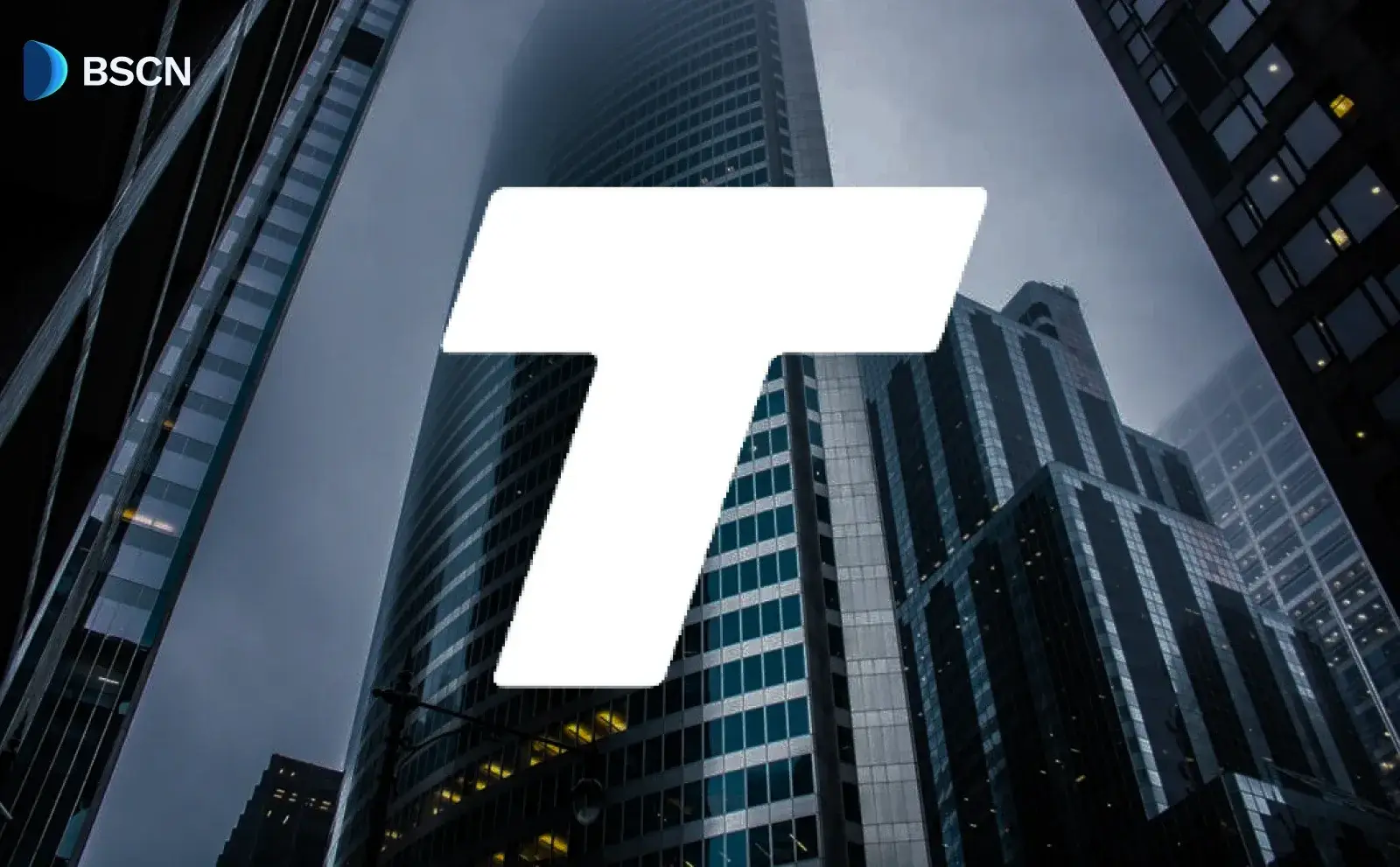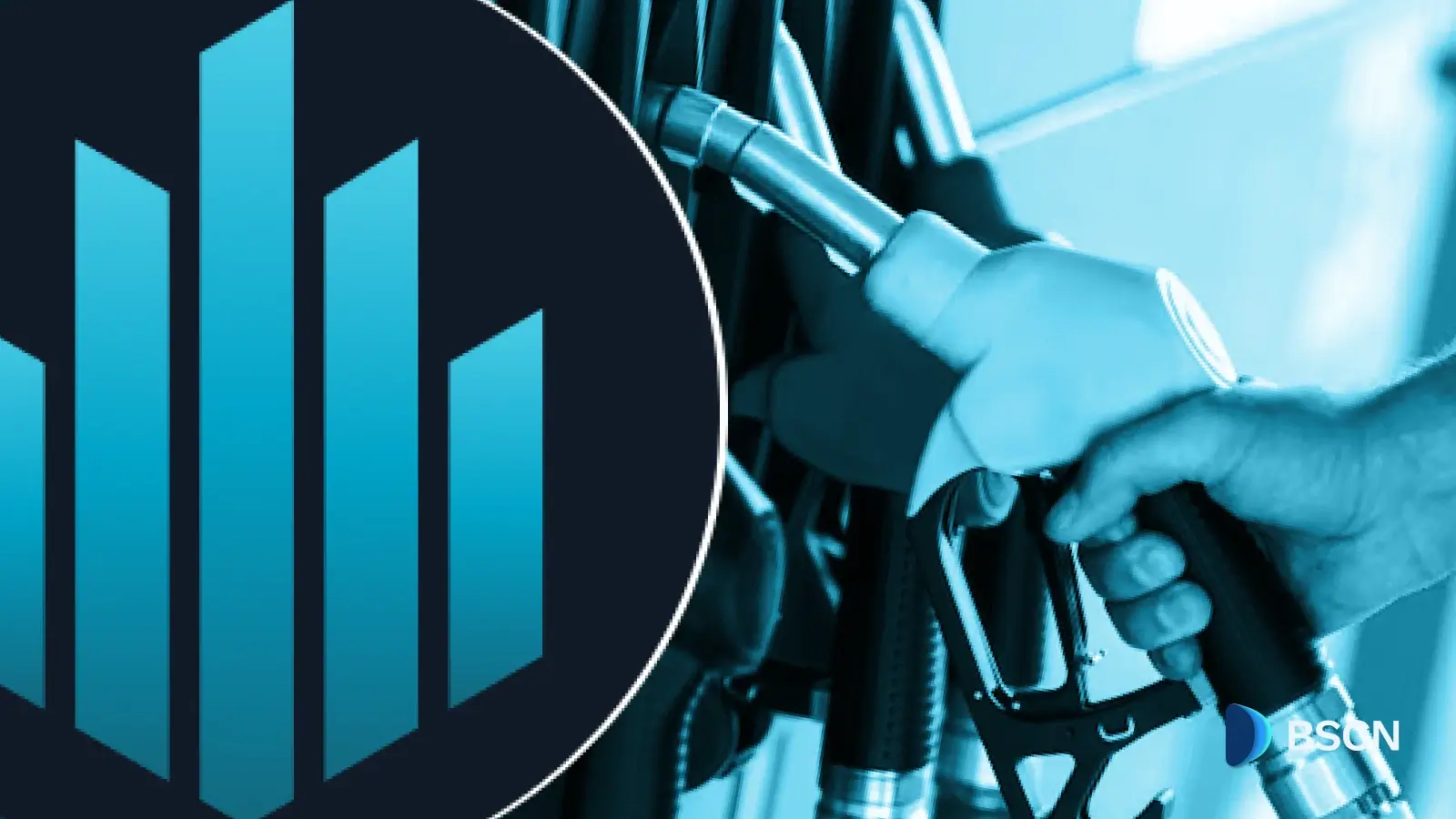ETH
(Advertisement)
What is Ethena Labs’ USDe Stablecoin?

USDe operates by adjusting its exposure through short positions against Ethereum and Bitcoin derivatives to ensure its backing remains intact.
Soumen Datta
August 8, 2024
(Advertisement)
Table of Contents
Ethena Labs introduced USDe, a synthetic dollar designed to offer a scalable and crypto-native solution for stable value storage and transactions. Let’s find out more on the stablecoin and how it works.
Understanding USDe: The Basics
USDe is a synthetic stablecoin backed by collateral in the form of Ethereum (ETH) and Bitcoin (BTC). Unlike traditional stablecoins like USDC or USDT, which are pegged to fiat currencies and rely on reserves held in banks, USDe’s value is maintained through a mechanism known as delta hedging. This method involves using derivatives to manage the risk associated with fluctuations in the value of the collateral.
The core idea behind USDe is to ensure that its value remains stable despite market volatility.
By taking short positions against Ethereum or Bitcoin derivatives, USDe can offset potential losses caused by price fluctuations. This approach helps maintain the synthetic dollar’s peg to its value, ensuring that it remains stable and reliable for users.
For instance, on platforms such as Binance, BitMex, and Deribit, USDe dynamically adjusts its exposure by shorting Ethereum derivatives when Ethereum is used as collateral.
The stability of USDe is further supported by the 'Internet Bond,' a unique concept combining revenue from staked assets, such as Ethereum, with the funding and basis spread from perpetual and futures markets. This on-chain crypto-native solution aims to create a stable dollar-denominated instrument that does not depend on traditional banking infrastructure.
Ethena Labs recently introduced ENA, a governance token, to further decentralize control over the USDe ecosystem. The ENA token allows holders to participate in the decision-making process related to the development and management of USDe.
Expansion to the Solana Network
Since its introduction in February, USDe has been available on the Ethereum network. Recently, Ethena Labs expanded its reach by launching USDe on the Solana network. This move allows users to engage with several DeFi applications on Solana, such as KaminoFinance, Orca, Drift, and Jito.
On these platforms, USDe can be used in multiple ways: providing liquidity, serving as collateral for margin trading, or earning rewards in the form of Ethena Sats, which can later be exchanged for ENA tokens. This integration into Solana is expected to enhance liquidity and borrowing opportunities within the Solana DeFi ecosystem.
A significant upcoming decision is whether Solana (SOL) can be used as collateral for USDe loans. A vote is expected next week to determine this possibility. Ethena Labs plans to introduce SOL short positions gradually due to the limited historical data on SOL funding rates compared to Ethereum.
Criticisms and Defenses
While USDe has garnered praise for its high yield and innovative approach, it has also faced criticism. Some skeptics question the long-term sustainability of the synthetic dollar, given its reliance on complex financial mechanisms and market dynamics.
However, Ethena Labs founder Guy Young has defended USDe, emphasizing that its yield is “publicly verifiable” and derived from legitimate sources.
Read Next...
Disclaimer
Disclaimer: The views expressed in this article do not necessarily represent the views of BSCN. The information provided in this article is for educational and entertainment purposes only and should not be construed as investment advice, or advice of any kind. BSCN assumes no responsibility for any investment decisions made based on the information provided in this article. If you believe that the article should be amended, please reach out to the BSCN team by emailing [email protected].
Author
 Soumen Datta
Soumen DattaSoumen has been a crypto researcher since 2020 and holds a master’s in Physics. His writing and research has been published by publications such as CryptoSlate and DailyCoin, as well as BSCN. His areas of focus include Bitcoin, DeFi, and high-potential altcoins like Ethereum, Solana, XRP, and Chainlink. He combines analytical depth with journalistic clarity to deliver insights for both newcomers and seasoned crypto readers.
(Advertisement)
Latest News
(Advertisement)
Crypto Project & Token Reviews
Project & Token Reviews
Comprehensive reviews of crypto's most interesting projects and assets
Learn about the hottest projects & tokens

















